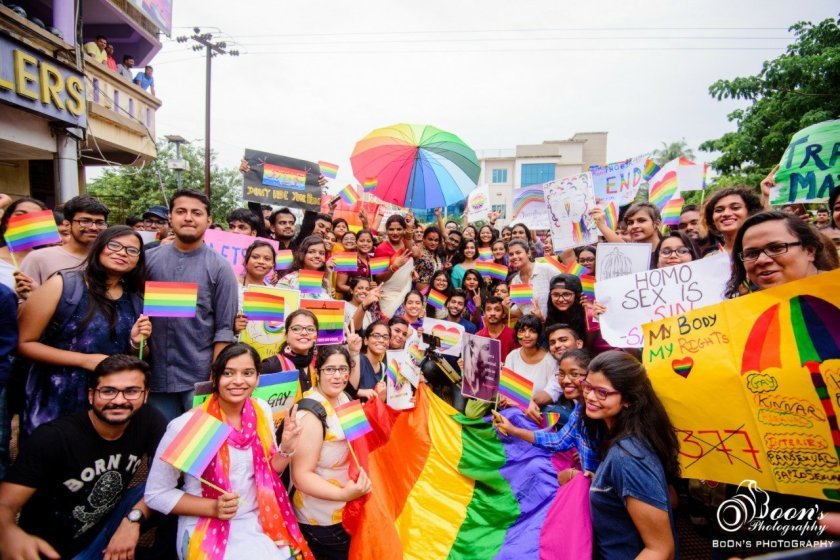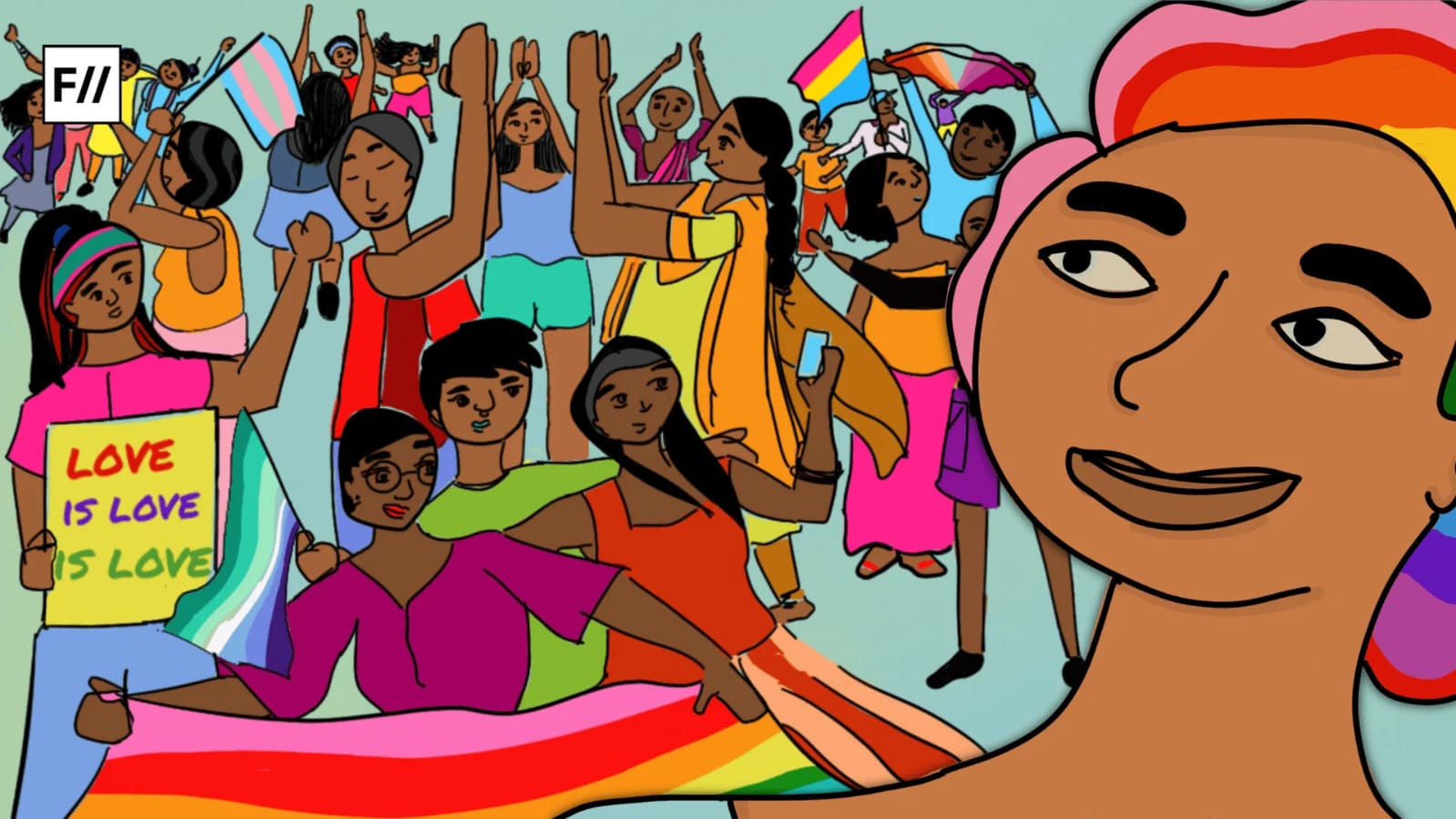On 1st September 2018, hundreds of youngsters poured out of their houses and claimed the streets, voicing their support for LGBTQIA+ rights. They were the gays and lesbians, the bisexuals and asexual, the trans community, and intersex individuals, who were thought to be non-existent in the small sleepy towns of Bhubaneswar and Cuttack, till they could be seen in solidarity, draped in rainbow flags and capes, standing together for the first time as a community which was invisible since ages. As an organiser, I was overwhelmed to finally see my efforts turning into reality. While the celebration lasted for only three hours, the work for the same had been building up since a year.
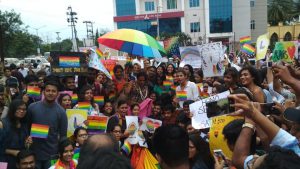
“सिर्फ हंगामा खड़ा करना मेरा मक़्सद नहीं,
सारी कोशिश है कि ये सूरत बदलनी चाहिए।
मेरे सीने में नहीं तो तेरे सीने में सही,
हो कहीं भी आग, लेकिन आग जलनी चाहिए।“
Merely raising a ruckus is not my intention
I do this, for things must change
If not in my bosom, then in yours
Wherever it does, the fire must burn
-Dushyant Kumar
When I resolved to work for LGBTQIA+ rights in my town, the biggest challenge I faced was the absence of a community for the LGBTQ itself. They were never under one umbrella, because they were closeted and completely invisible. Too many people in Odisha suffer from mental health issues, bad marriages, and stressful relationships with family members or workplace colleagues because of the burden of being a closeted individual.
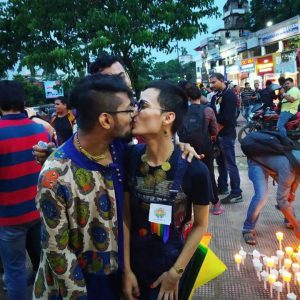
They are often isolated for being what they are, more prone to depression and sexual harassment, disowned by their families, or discriminated at their workplaces. They take years to convince themselves that it is a ‘phase’ that will pass, or a disease, or something that needs meditation or medication. But by building a community, you facilitate that these people meet others like them and understand they are not alone; they have others who understand their tragedies and struggles because they have similar stories.
Community gives an individual a power to feel at home. After months of building up discreet networking to connect them to each other, which finally led to the creation of a collective for the individuals who identified as LGBTQIA+, there was the second challenge. It was an obstacle that many people who identified as LGBTQIA+ were not ready to accept it because it was shameful for them.
Social education of the community itself was the first priority. We made our pre-Pride events the primary mode of social education. Sessions in school on gender and sexuality, film screenings, poetry and story telling, literature readings and open forum discussions were scheduled over a span of one month, to increase social education about the community among both, the community members and those who identified as straight.
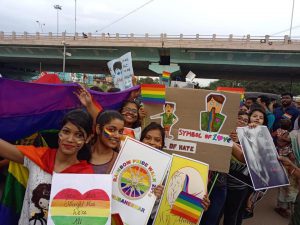
Movements like these in Tier II cities face another unique challenge – the majority do not find it necessary. They question the need to talk about sexuality when issues of poverty and unemployment remain unresolved. The answer from my side was simple, the straight community can afford to not talk about sexuality, because the rights and acceptance for it came naturally to them and they have never had to fight for it. In the societies we live in, heterosexuality is a certain form of privilege.
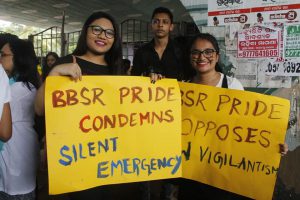
Within the LGBTQIA+ community, the layers are multiple. The trans do not share the problems of the LGBQ; while the former is often ostracised since an early age from the family for being what they are, the revelation of the latter is not so obvious and they might go on for ages in their masks and dual lives, often ending up in bad marriages before even coming out of the closet. The trans have an organised community in Odisha, state funded in skill training and education programs (which obviously work only as efficiently as all the other government programs we know of). But when they discover themselves, they know where to go. They know people in the media or regional social activism who work for them and hence find solidarity easily, even if no acceptance.

But for the LGBQ, its completely a personal struggle. The visibility of a community or a gay rights activist is uncommon. The religious beliefs and the government’s stand makes it worse for them to even identify their own selves, let alone going to the extent of looking for acceptance from others. Being a sex-positive heterosexual woman itself is considered an aberration even now, then how do we imagine the same society accepting a homosexual woman?
Bhubaneswar Pride was finally put together by The Parichay Collective (LGBQ Community of Odisha), Meera Parida’s NGO Sakha (an indigenous trans community which has been supported by the State government since a few years) and SAATHII NGO (working for the cause of HIV-AIDS since over a decade in the state). Its focus was not just LGBTQIA+ rights but also, intersectionality and inclusion.
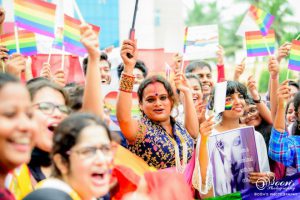
Odisha is not a state where the majority is upper class. We are made up of the tribals, the construction workers who keep migrating, the displaced villages where industrialists have build their enterprises and the street vendors. For a state like this, LGBTQIA+ movements cannot exist in isolation, without being intersectional. We were addressing not only LGBTQIA+ specific problems in the Pride, but the general social constructs of ‘shame’, ‘untouchability’, the majority deciding what is best for the minorities, class bias, sex discrimination within and outside the community, and the general idea about the freedom of love.
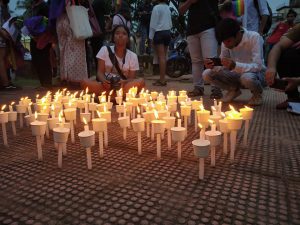
Our trans community is constituted by a range of people in different disciplines – hard working sex workers and individuals who have made it to authoritative positions in academic institutes and administrative services of the State.
Pride was just a stepping stone for our far-fetched dream of equality in every aspect. As of now, I can say that the start has been encouraging and affirmative.
For more information on the Pride, follow their Facebook page.
The Photographs were taken by Sankalp Mohanty, Ranvir Deb, Boon Patnaik, Jaishreeram Dash, and Subha Nayak.
About the author(s)
Bijaya Biswal is a 23 year old doctor who works for the upliftment of the culture of literature, films and art in Odisha. She has been also working with LGBTQIA+ rights, animal welfare, ecology and menstrual health.
